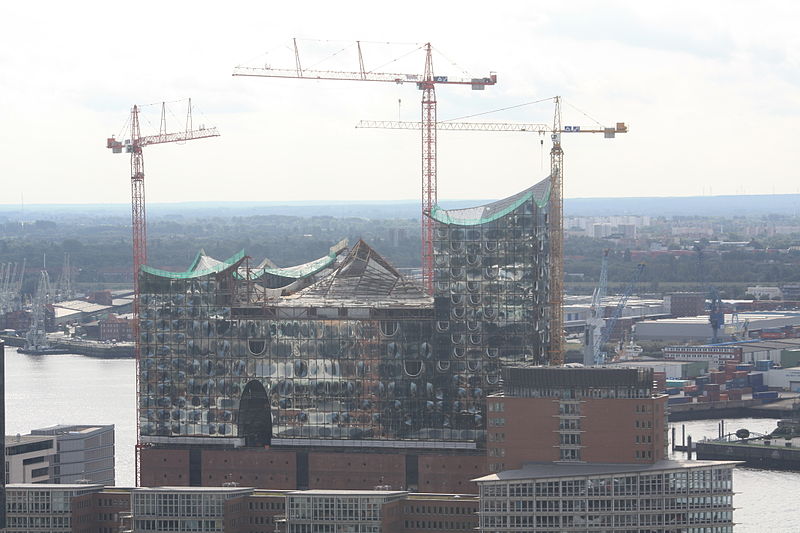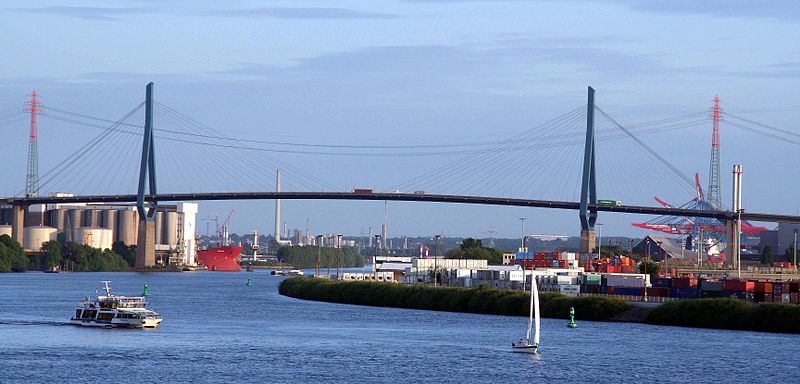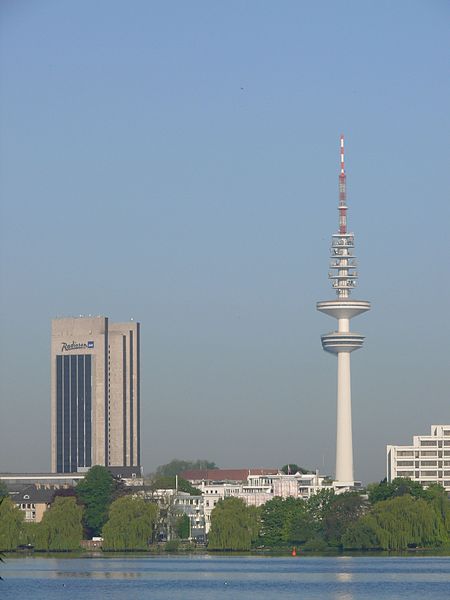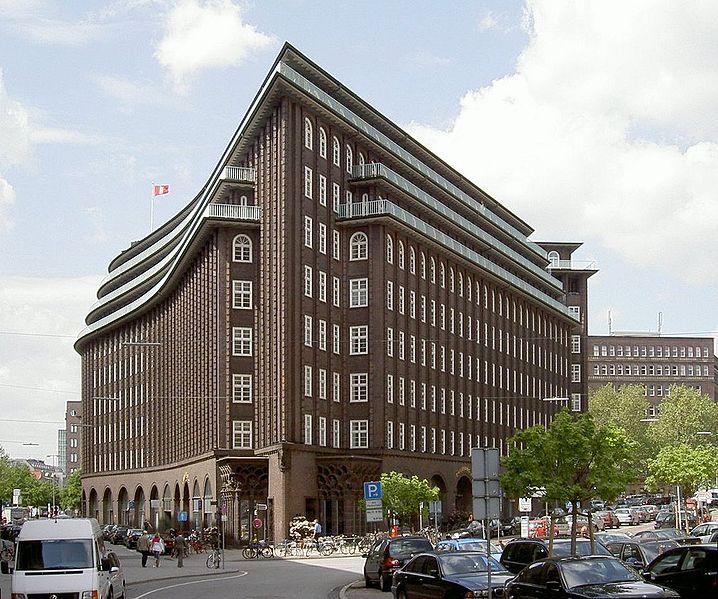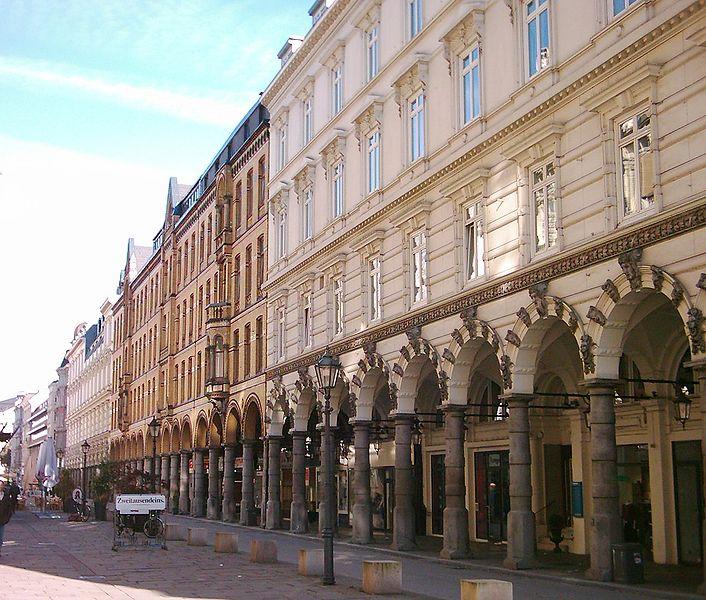Hamburg Harbour
Hamburg Harbour – also lovingly referred to as the „Gateway tot he World“ – is the most important harbour in Germany and can look back at a more than 800 years of history and tradition. It was used already an important shipping and cargo centre in the middle ages and colonial period, and is today used regularly by container and passenger ships, including the largest cruise ship in the world, the Queen Mary 2.
From the “Landungsbrücken”, or “Landing Bridges”, visitors will have a great overview of the harbour. A leisurely walk along the water or a harbour boat tour will enable you to get a different view “behind the scenes” of Hamburg’s industrial centre.
An annual highlight is the Harbour Birthday, which attracts over a million visitors every May. The Fish Market is particularly popular with early birds and party-goers: every Sunday morning, Reeperbahn patrons flock here to seek a hangover breakfast with fresh fish or sour herring.

